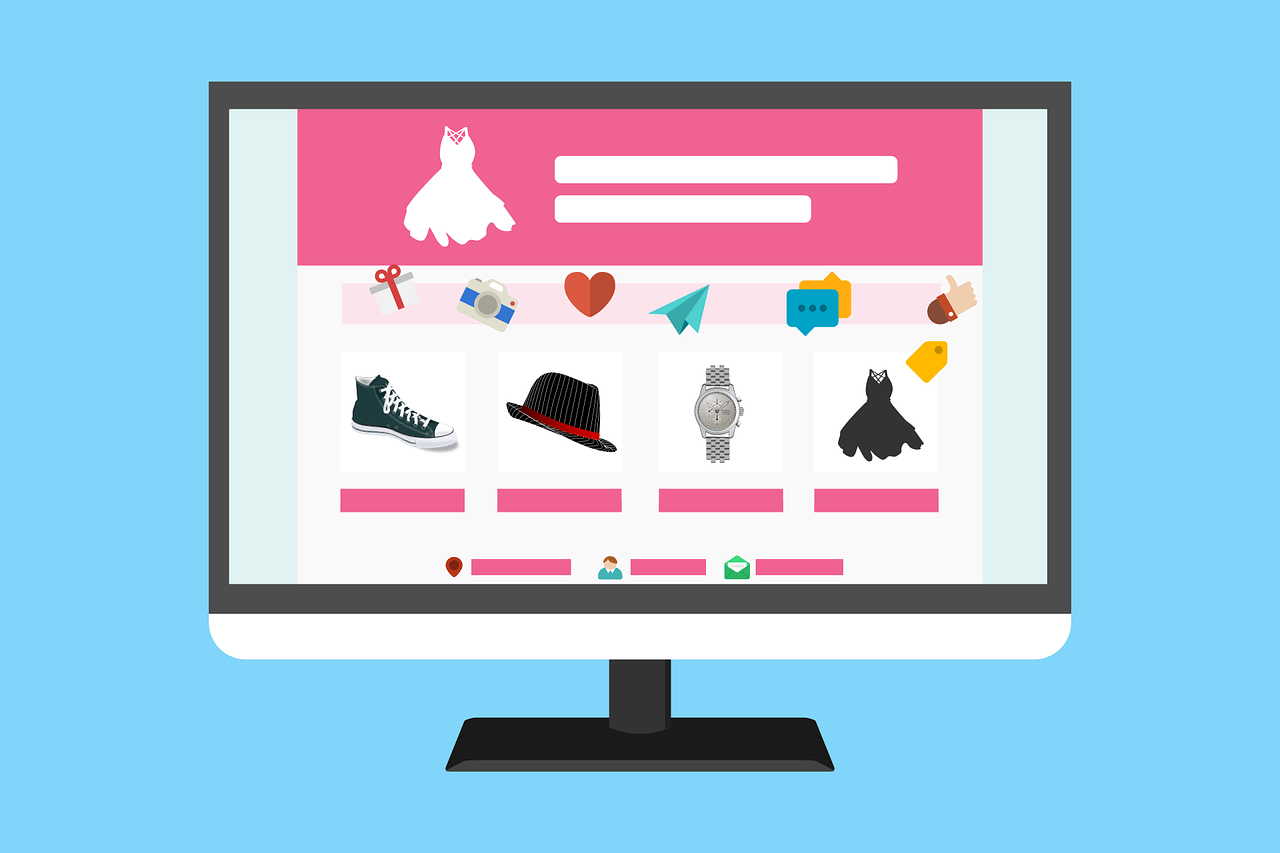Have you ever dreamt of turning your e-commerce store into a personalised shopping haven that keeps customers engaged and clicking “add to basket”? Well, the secret lies in the art of product recommendations. Those seemingly simple suggestions can be the difference between a casual browse and a loyal customer. But get them wrong, and you risk sending visitors fleeing faster than you can say “abandoned cart.” This guide will equip you with the knowledge to craft a winning product recommendation strategy, using the PAS formula (Problem, Agitate, Solution) to address the challenges you face and show you how to turn recommendations into a revenue-generating powerhouse.
Product recommendations: those little nudges on your e-commerce store can be the difference between a browsing bumblebee and a loyal, repeat customer. Get them right, and you’ve transformed your website into a personalised shopping haven. Get them wrong, and you risk alienating visitors faster than you can say “abandoned cart.”
Here, we’ll delve into the dos and don’ts of product recommendations, equipping you with the knowledge to craft a strategy that keeps customers engaged, wallets open, and your bottom line singing.
Do: Personalise Your Recommendations
Imagine walking into a store where a friendly assistant anticipates your every need. That’s the power of personalisation! By leveraging data like browsing history and past purchases, you can curate product suggestions that feel like they were plucked straight from the customer’s mind.
Example in Action: A customer browsing laptops might also be interested in a wireless mouse and a laptop bag. By displaying these alongside the laptop, you’re providing a one-stop shop for their tech needs.
Bonus Tip: Don’t underestimate the power of implicit personalisation. This utilises website behaviour, like time spent on a product page, to suggest related items.
Don’t: Spam Your Customers
There’s a fine line between helpful suggestions and a relentless barrage of “You might also like…” pop-ups. Bombarding customers with irrelevant recommendations not only disrupts their shopping experience but can also breed resentment.
Remember: Quality over quantity! Focus on showcasing a select few, highly relevant products.
Do: Keep It Relevant
Imagine looking for a new pair of trainers and being bombarded with recommendations for fluffy slippers. It wouldn’t exactly inspire confidence in your store, would it? Relevancy is key. Base your recommendations on a customer’s current browsing behaviour and past purchases.
Example: A customer viewing a specific running shoe could be presented with similar styles from the same brand, or complementary items like socks or sports bras.
Don’t: Be Too Predictable
While relevancy reigns supreme, a touch of surprise can also go a long way. Don’t be afraid to throw in some unexpected yet relevant recommendations. This can spark new interests and encourage customers to explore different corners of your store.
Example: Alongside that winter coat, recommend a stylish beanie or a pair of touchscreen-compatible gloves. These unexpected suggestions might just become must-have additions to their basket.
Do: A/B Test and Experiment
E-commerce is a dynamic landscape, and what works today might not work tomorrow. That’s why A/B testing is your best friend. Experiment with different recommendation strategies, like showcasing frequently bought-together items or basing suggestions on social media activity.
Remember: Track your results closely! This data will guide you towards crafting the most effective recommendation strategy for your unique audience.
Don’t: Forget About the Customer Experience
A seamless shopping experience is paramount. Ensure your product recommendations are displayed clearly and unobtrusively. Avoid pop-ups or disruptive elements that could distract customers from their journey.
Pro Tip: Make it easy for customers to dismiss or hide recommendations they’re not interested in. This fosters a sense of control and keeps the user in charge.
By following these guidelines, you can transform your product recommendations from afterthoughts into powerful tools that drive sales, customer satisfaction, and long-term brand loyalty. Remember, it’s about creating an experience that feels personal, relevant, and ultimately, delightful for your customers. Now go forth and craft those recommendation strategies that turn website visitors into loyal brand advocates!


